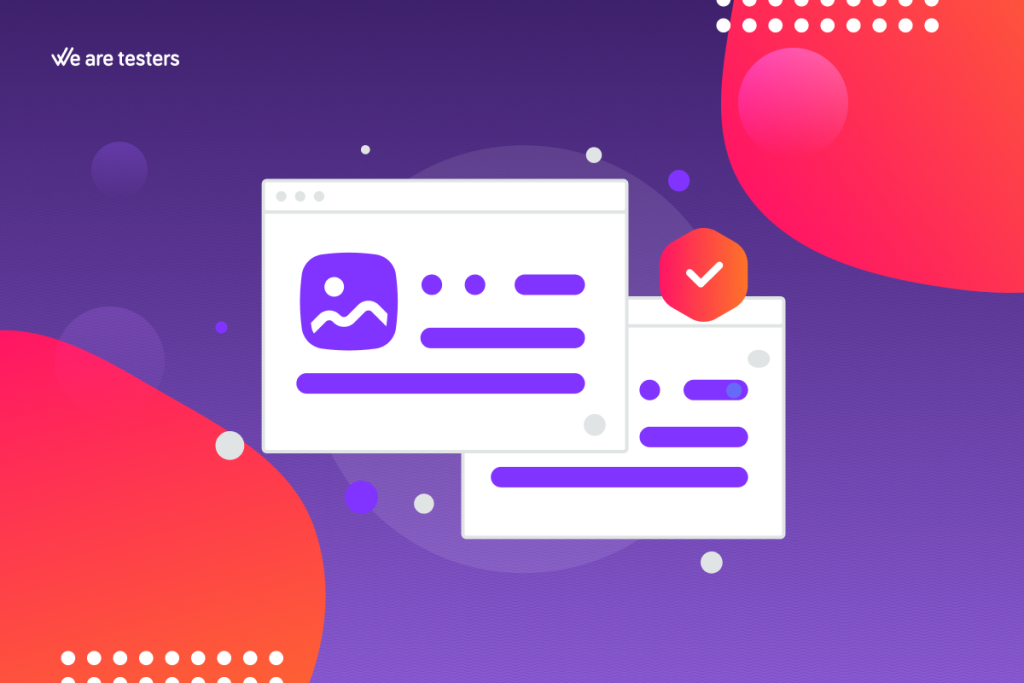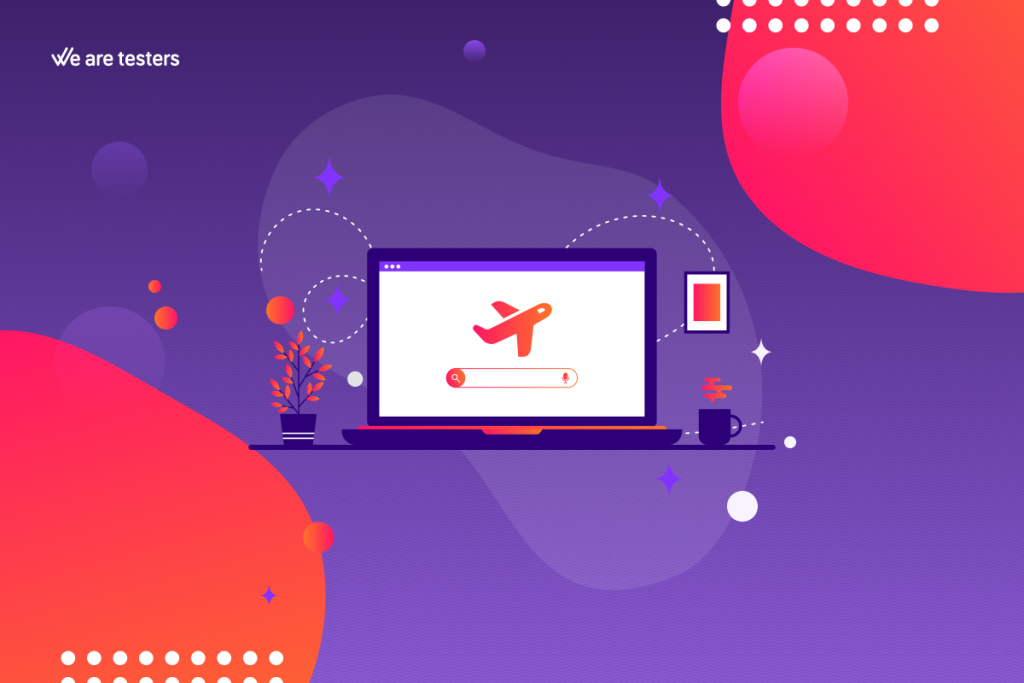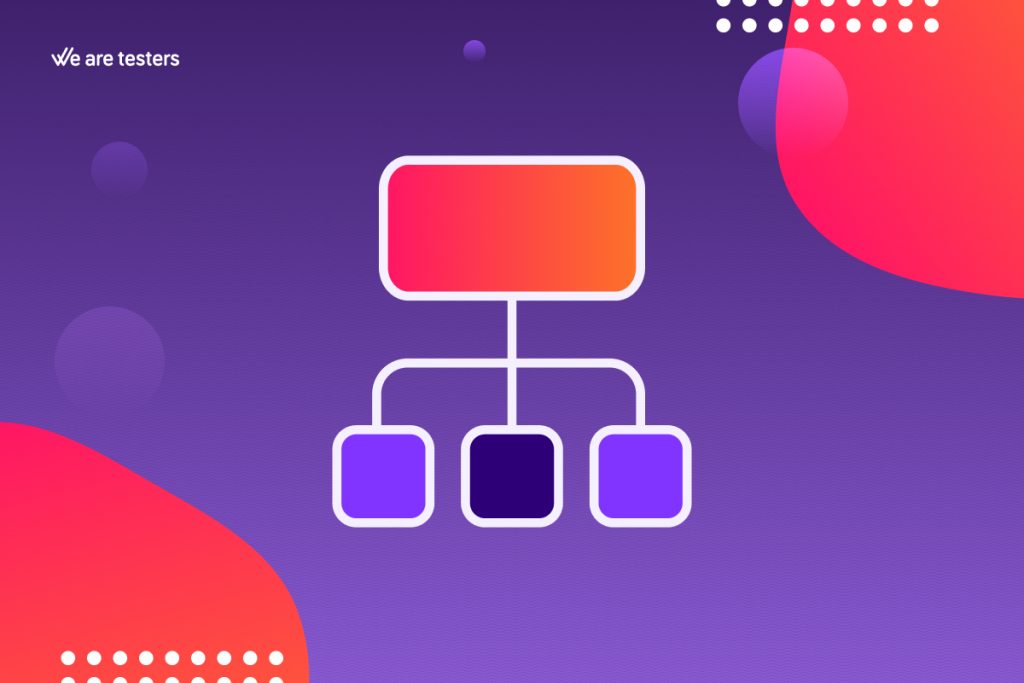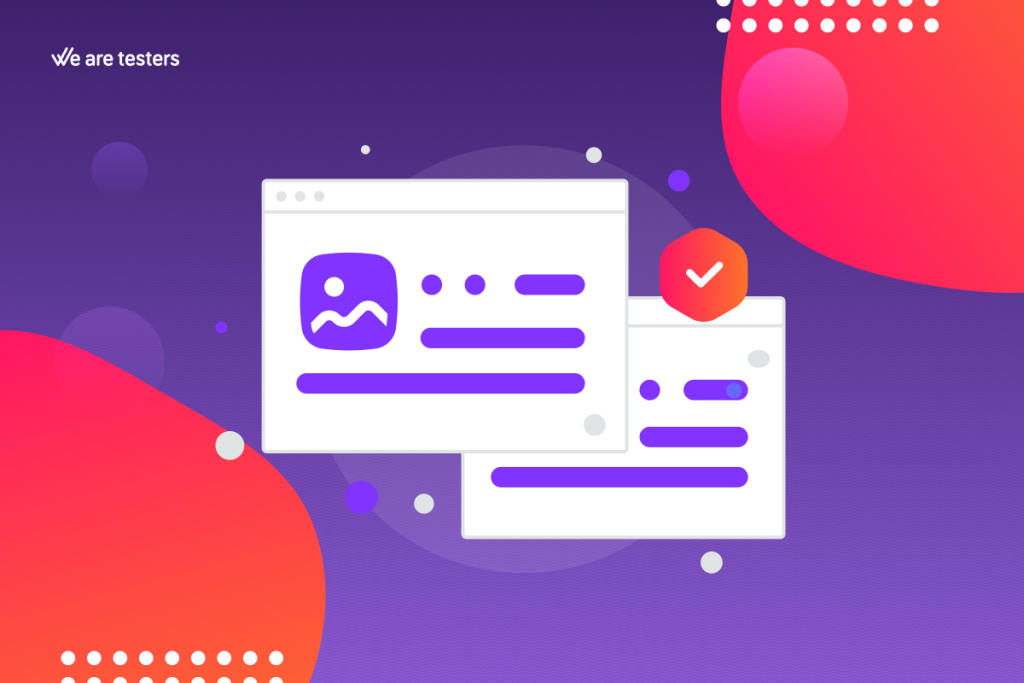
In this article, we are going to talk about user experience in the tourism sector. The consumer is already digital. And when it comes to travel, the traveler is also digital nowadays. Word of mouth has also moved to this environment, and when someone has to decide on a flight, accommodation, etc., they rely on third-party recommendations. Even if they are unknown people, social proof matters.
User Experience in the Tourism Sector
Companies related to travel and leisure products and services must differentiate themselves to attract potential customers. And, at the same time, offer pleasant experiences that start long before the actual trip and could also extend beyond when travelers return home.
And in an environment where competition has become fierce, it’s important to ensure all aspects to convert these travelers into customers.
One of the aspects where more focus needs to be placed today is digital user experience, UX.
The reasons are numerous and varied: competition, key information, security, demanding users, and more.
Why User Experience is so Important in the Tourism Sector
In the tourism sector, user experience, UX, is crucial for attracting and retaining customers.
Most travelers use the Internet to plan their trips, search for information about destinations, book accommodation, buy tickets, and perform other tourism-related activities.
Therefore, the quality of the online experience offered to them will be a key factor in making purchasing decisions and overall satisfaction.
User experience (UX) focuses on meeting user needs, avoiding and overcoming potential friction in a simple way, thus generating a sense of closeness and trust.
Benefits of Good UX in the Tourism Sector
Regarding a good user experience in the tourism sector, it should be noted that it can offer a series of benefits for companies, such as:
- Increased conversion of visits into sales: an attractive and user-friendly experience across different channels can increase the conversion rate from visitors to customers.
- Customer retention: a positive user experience can make customers return and recommend the brand to other travelers. The word of mouth mentioned earlier.
- Improved customer satisfaction: when the user experience is intuitive, efficient, and satisfying, customer satisfaction is likely to improve, increasing the likelihood of customers booking with the same company again.
- Competitive differentiation: an exceptional user experience can help companies stand out in a highly competitive market.
- Cost reduction: good UX can reduce the number of customer queries to customer service, which, in turn, can reduce operating costs.
How to Improve and Enhance User Experience in the Tourism Sector
We have already seen the need to provide good user experiences and the benefits that tourism companies can achieve with good UX.
But, how can you implement different strategies to enhance a good user experience in the tourism sector?
1 User-Centered Design
It’s important for tourism companies to focus their design on user needs and desires. This involves researching user expectations and designing interfaces that are intuitive and easy to use.
2 Personalization
User experience personalization is an effective strategy to improve UX. Offering users personalized content and services based on their interests and preferences can improve the overall user experience and encourage customer loyalty.
3 Simplify Booking
Booking travel and accommodation is a crucial process in the user experience in the tourism sector. Companies should make the booking process as easy and efficient as possible for users, using intuitive and clear design.
The buying journey should be as smooth as possible, with an intuitive navigation for the user, clear information and offer descriptions, and a reassuring payment process.
4 Visual and Appealing Content
Appealing visual content, such as high-quality photographs and videos, can enhance the user experience. How? It can help users visualize their journey and the destination in a more emotional way.
5 Virtual Experiences
Companies can offer virtual experiences, such as virtual tours of hotels and attractions, to improve the user experience and help users make informed decisions.
6 Innovative Technology
Adopting innovative technologies such as virtual reality, artificial intelligence, and chatbots increases the likelihood of a pleasant user experience and provides added value to users.
7 Quality Customer Service
It’s important for tourism companies to provide quality customer service. Offering quick and effective responses to user queries and providing support throughout the travel process.
Resources for Improving User Experience in the Tourism Sector
If we recap what we have mentioned in this article, we have talked about concepts such as focusing on user needs, making processes easy, emphasizing the personalization of the experience, or leveraging the resources that technology offers.
At We are testers, we specialize in offering specific user research solutions to test the experience of websites or validate new designs with micro-profiled users from your target audience.
Our usability tests will help you understand user behavior and improve their experience in your digital environments.
What types of studies can we offer to companies in the tourism sector to achieve better UX results?
- Usability tests with real users navigating according to your instructions: videos with screen recording, webcam, comments, automatic task tracking, card sorting, tree testing…
- Moderated interviews through live sessions with people from your target audience who will perform the tasks you need while sharing their screen with our specific interview software.
- Heatmaps and click tests, which will facilitate quick design validation with representative samples. To discover user-preferred options, first clicks, highest and lowest-rated elements…
- Functional QA tests, which can detect possible operational or performance flaws, performed by our beta testers who will properly report the bugs found to your IT teams.
- Archetype Tests, which identify behavior patterns among website or app visitors and group them into different buyer personas with sociodemographic profiles, common habits, and characteristics.
Update date 15 April, 2024


